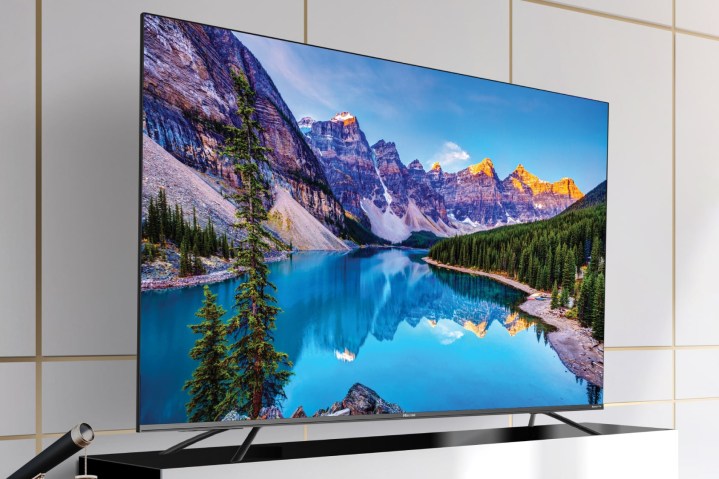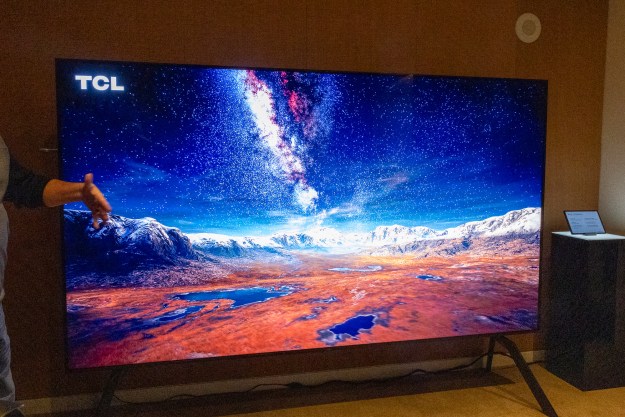
Hisense recently announced its update to the R8 series, the company’s 4K Roku TVs, and once again, they’re a pretty incredible value. The R8F 4K Ultra HD Roku TV will be available in 55-inch ($500) and 65-inch ($700) sizes starting in mid-December from both Amazon and Walmart.
The R8 models have always offered an impressive array of features, including 4K, HDR10, Dolby Vision, and local-dimming, but this year Hisense has added Dolby Atmos to the mix and brings its own proprietary ULED technology for enhanced picture quality. Full-array local dimming now has 56 discreet zones (60 zones on the 65-inch model), which should deliver some really good black levels, especially in scenes with high contrast ratios.
Hisense makes smart TVs that use the Android TV platform, but the R8F models leverage the Roku OS for their smarts and ease-of-use. Another big benefit to the Roku platform is the incredible array of content on offer, through the many third-party channels that can be downloaded as well as the
The R8F is compatible with both Alexa and Google Assistant devices, giving you the ability to control certain features with your voice, but for a more immediate experience, the built-in
Unlike the remote offered on the
To put the Hisense R8 series in perspective from a price and features point of view, TCL’s 6-Series is a similarly-equipped
How does picture quality compare? We can’t say for sure until we get an R8F in for testing, but we suspect it will definitely give TCL some serious competition.
Editors' Recommendations
- What we want to see from the next Apple TV 4K
- Samsung’s new 98-inch DU9000 4K TV is just $4,000. Can it beat TCL and Hisense?
- Vizio’s first 86-inch 4K TV is coming soon, for $999
- Belkin drops a $50 mount for iPhone video calls on Apple TV 4K
- If you don’t see CBS in 4K on YouTube TV, try this




